
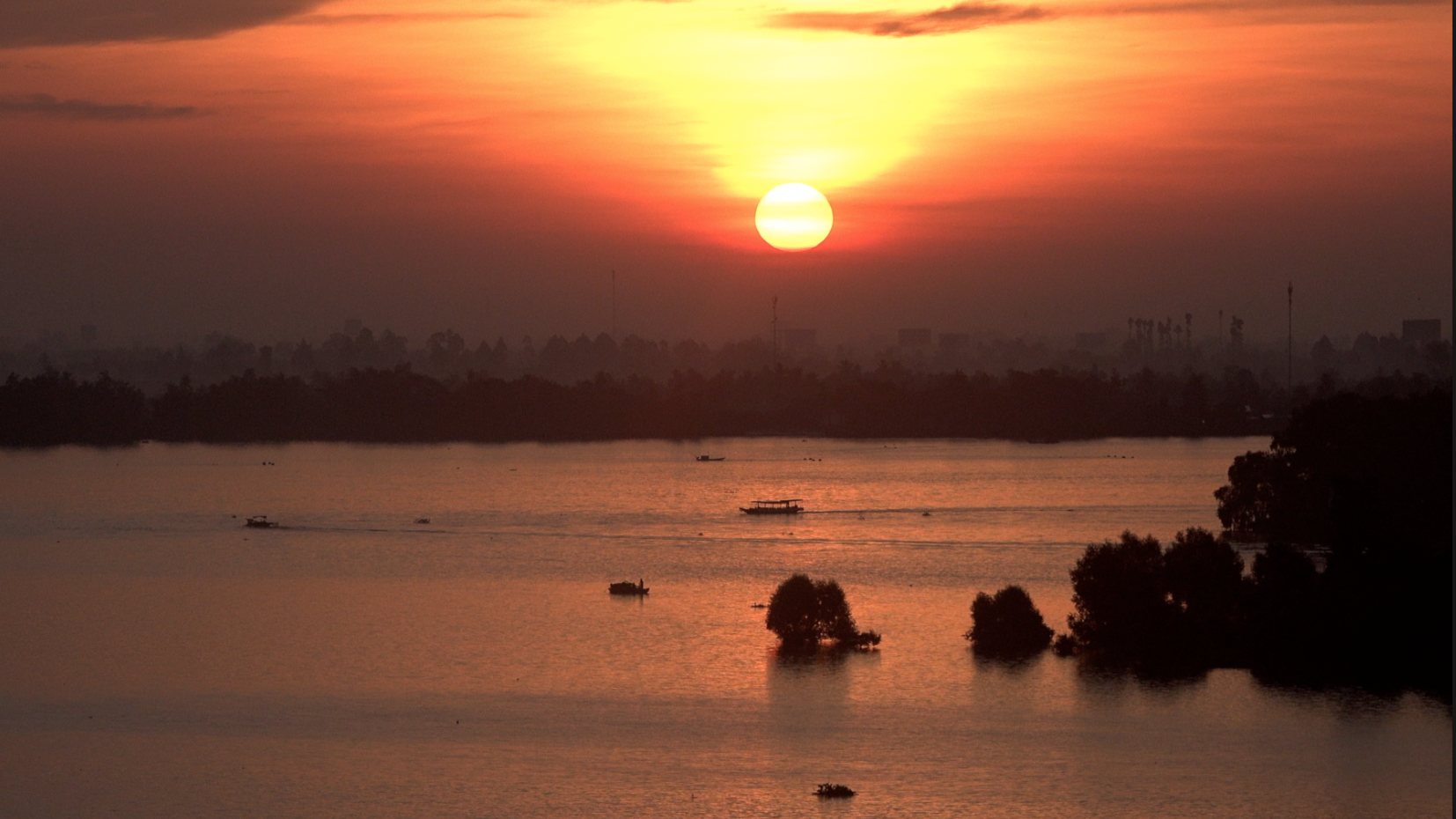
Hundreds of fishing boats hurriedly cluster in a sheltered corner of Danang Bay as a typhoon approaches. The nearby UNESCO heritage town of Hoi An bears the brunt. As rain pounds down, floodwaters inundate the entire historic district: homes, shops, restaurants, and boutique hotels. Hotel guests grab their bags and step gingerly into long boats to be ferried to higher and drier land.
It has almost become an annual scenario.
"It's difficult," says local shopkeeper Yi Jian Zhong. "If we have time we’d raise our goods higher up. But if we don't, the goods will be destroyed by the water."
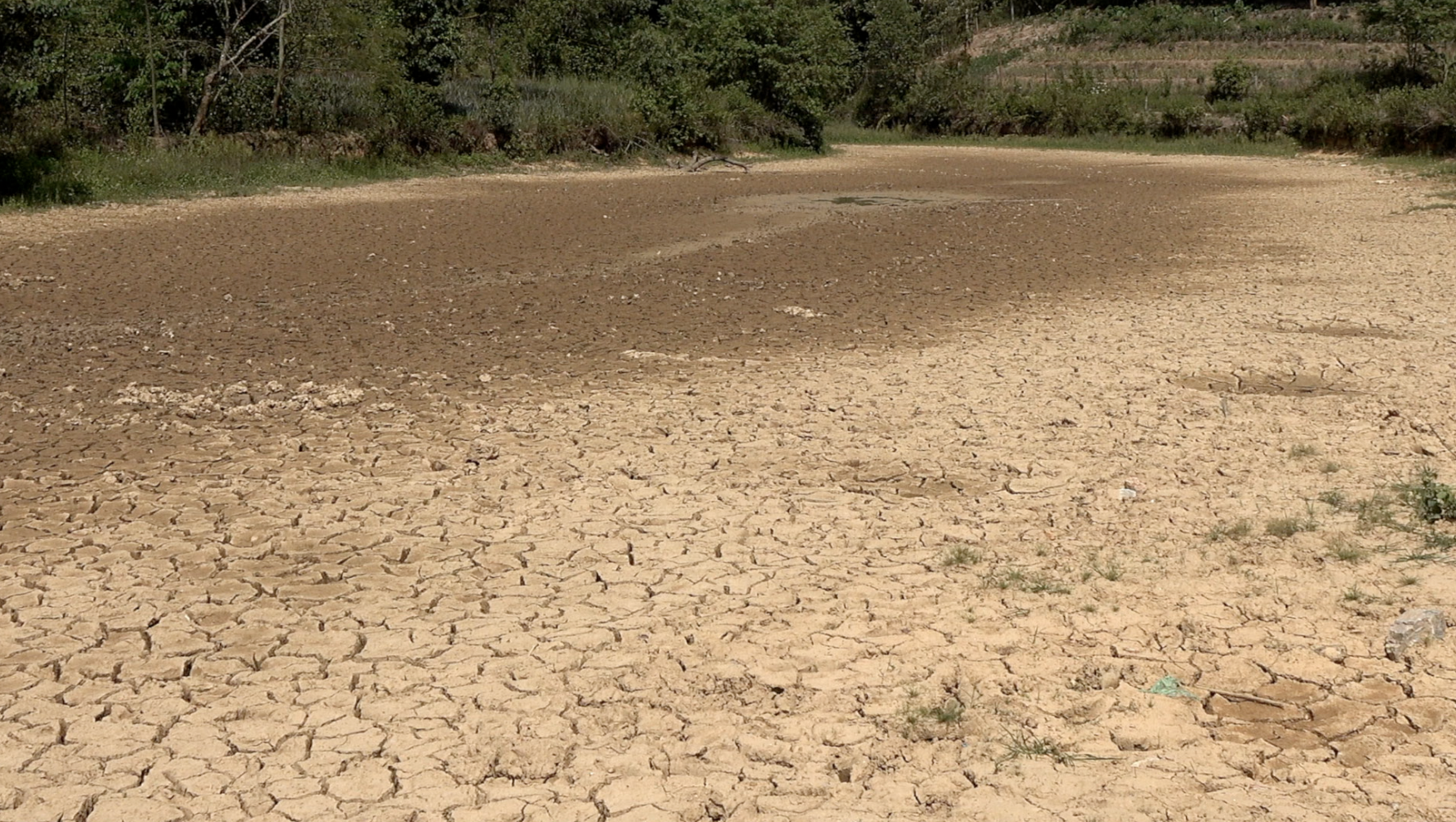
Drought is a serious problem in the northern highlands. /CGTN Photo
In the country's far northwestern mountains, the most impoverished part of the country, a parched riverbed lies empty, a patchwork of dried mud.
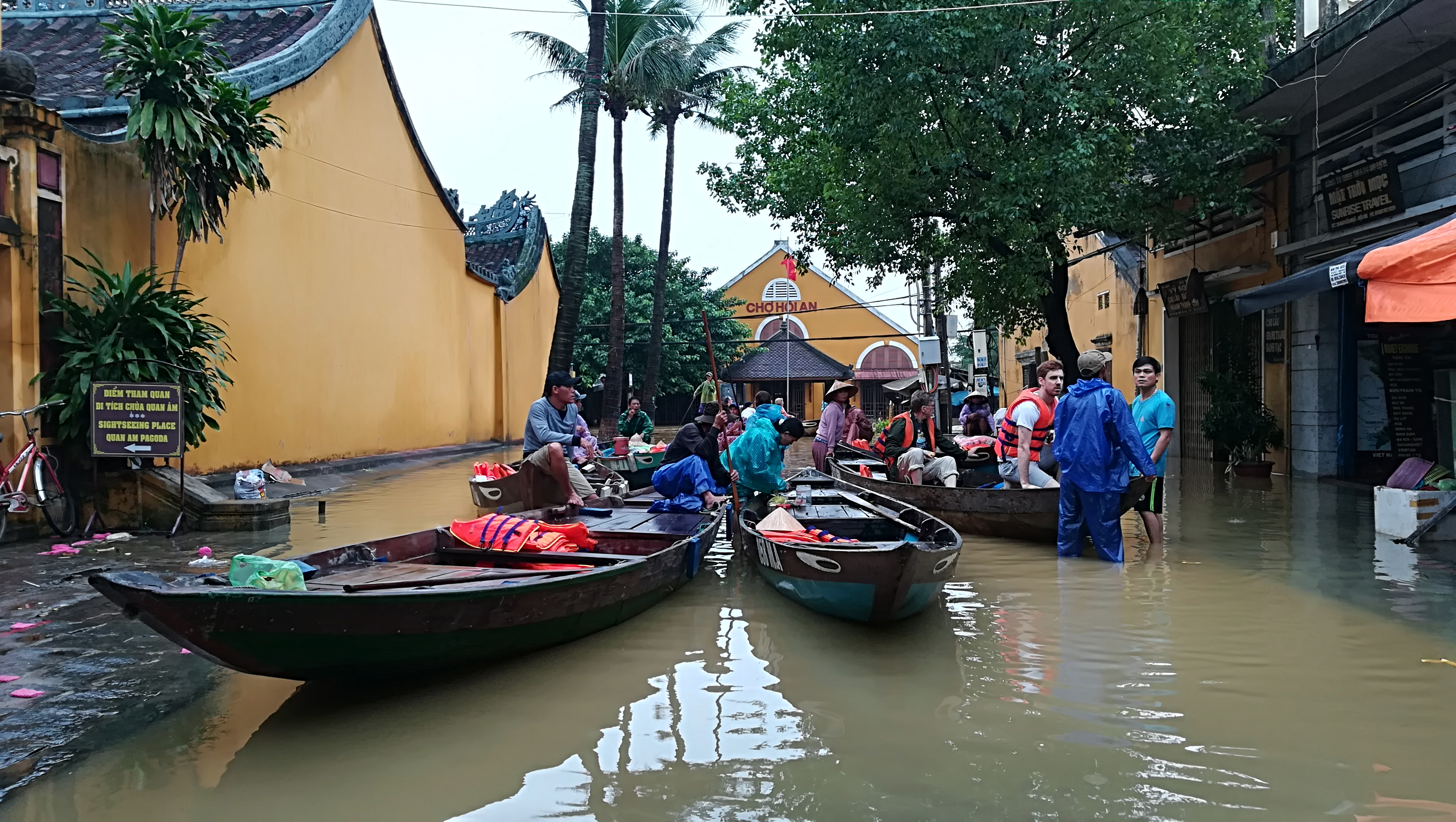
Hotels in Hoi An forced to shift guests to drier ground. /CGTN Photo
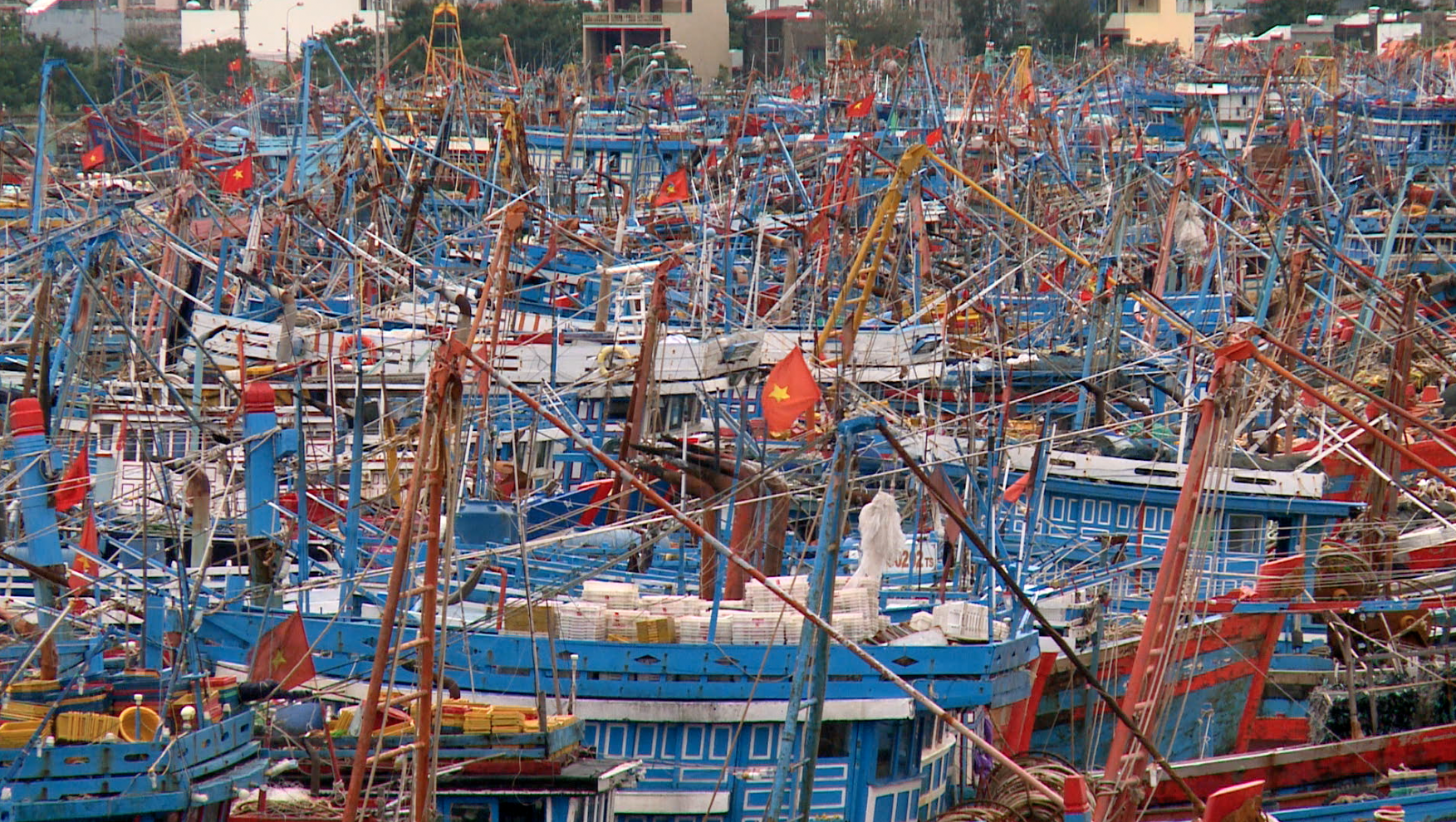
Fishing boats in Danang shelter from an approaching typhoon. /CGTN Photo
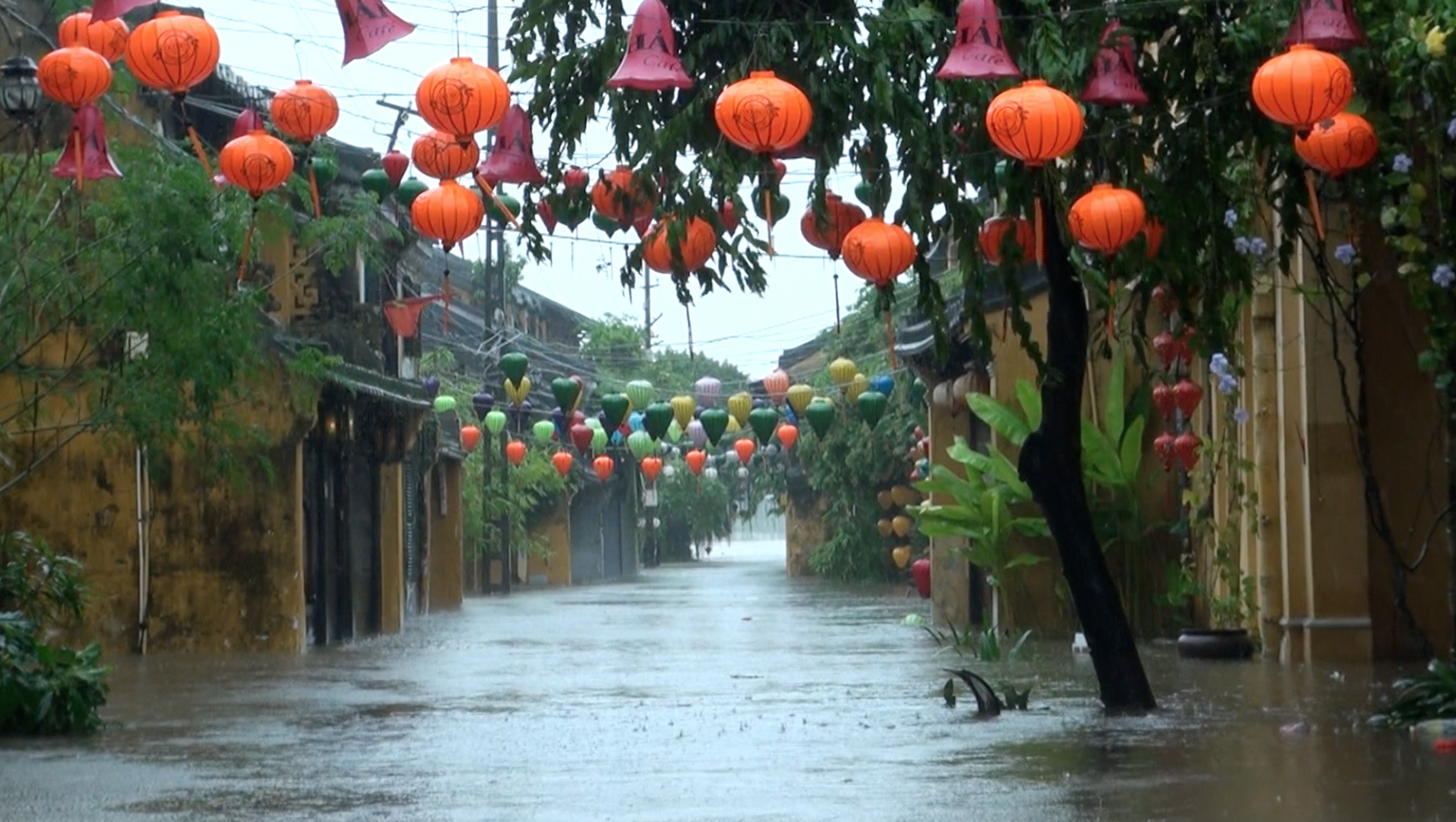
Flood waters inundate Hoi An's historic district. /CGTN Photo
"The climate now is very different from the past, much hotter," says farmer Vang Da Tu in Son La province. "Now, the village here is lacking drinking water. In the dry season, we do not have enough water for washing, bathing. We have to save water for only drinking and cooking. We cannot plant our crops. It's hurting people's livelihoods."
At the other end of the country, in the vast Mekong Delta, life revolves around water: rivers, streams, canals, irrigation channels, ponds. But that abundance is misleading. The impact of extreme weather is being felt acutely in the delta, home to 17 million people and half the country’s vast rice production output.
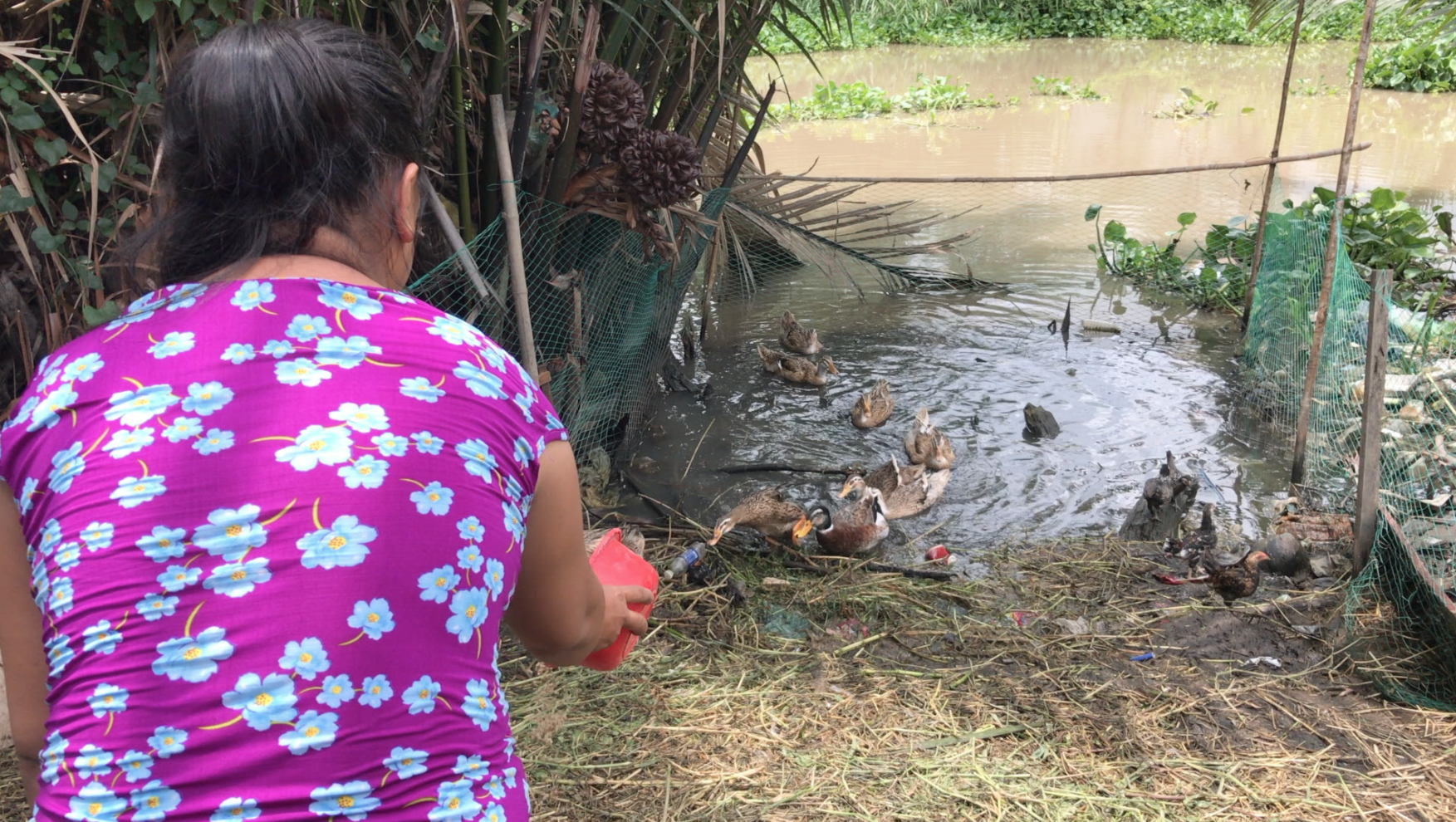
Even people living next to rivers often don't have enough fresh water. /CGTN Photo
"It’s no more a threat. It's a very brutal reality for the Mekong River Delta,” says Le Dang Doanh, a former government advisor and senior economist. "Daily erosion, every year the Mekong River Delta loses around 800 hectares of arable land."
The area is also being battered by more frequent and destructive typhoons.
"Storms, flooding, mudslides. The events are not new. I think what is new is the occurrence and the volatility of these events,” says Eric Sidgwick, Vietnam country director for the Asian Development Bank. "So it's the frequency and the magnitude of the events that is really very problematic for Vietnam."
Farmers are feeling the changes acutely.
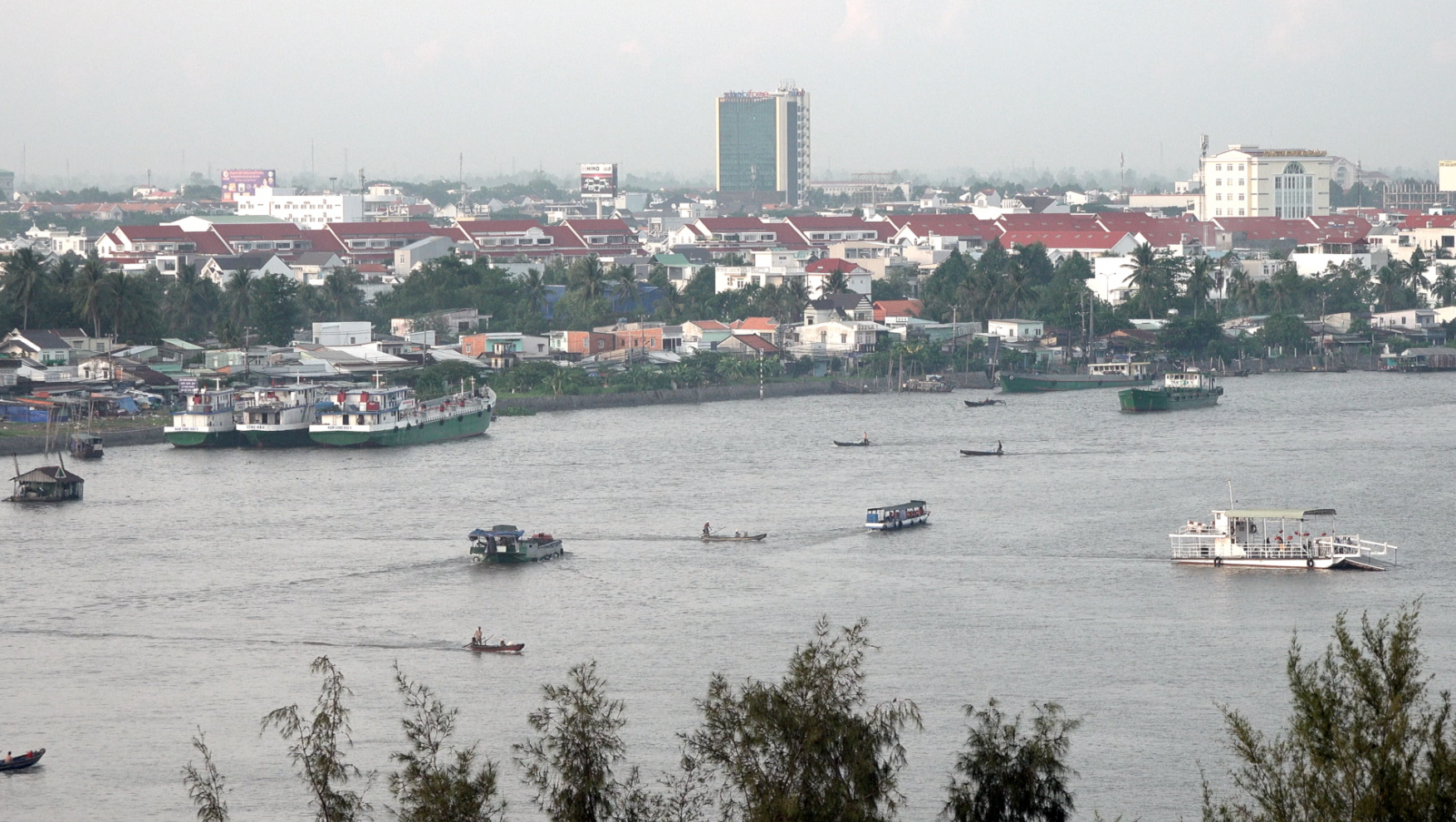
Can Tho city is heavily prone to flooding. /CGTN Photo
"The temperatures are higher, the weather is hotter, the hot season lasts longer than before,” says Nguyen Anh Tung, a farmer in Can Tho Province. “Farmers here sometimes cannot grow rice and are forced to switch crops. Climate change has caused more floods too. It has really affected our production."
Urban areas aren’t escaping. Vietnam’s fourth largest city, Can Tho, the economic hub of the delta, has seen its streets flooded dozens of times a year.
"In the long term, if the sea level rises by 100 cm to the end of the century, maybe 38 per cent of the Mekong River Delta will be under water and it's a dramatic scenario," says economist Le Dang Doanh.
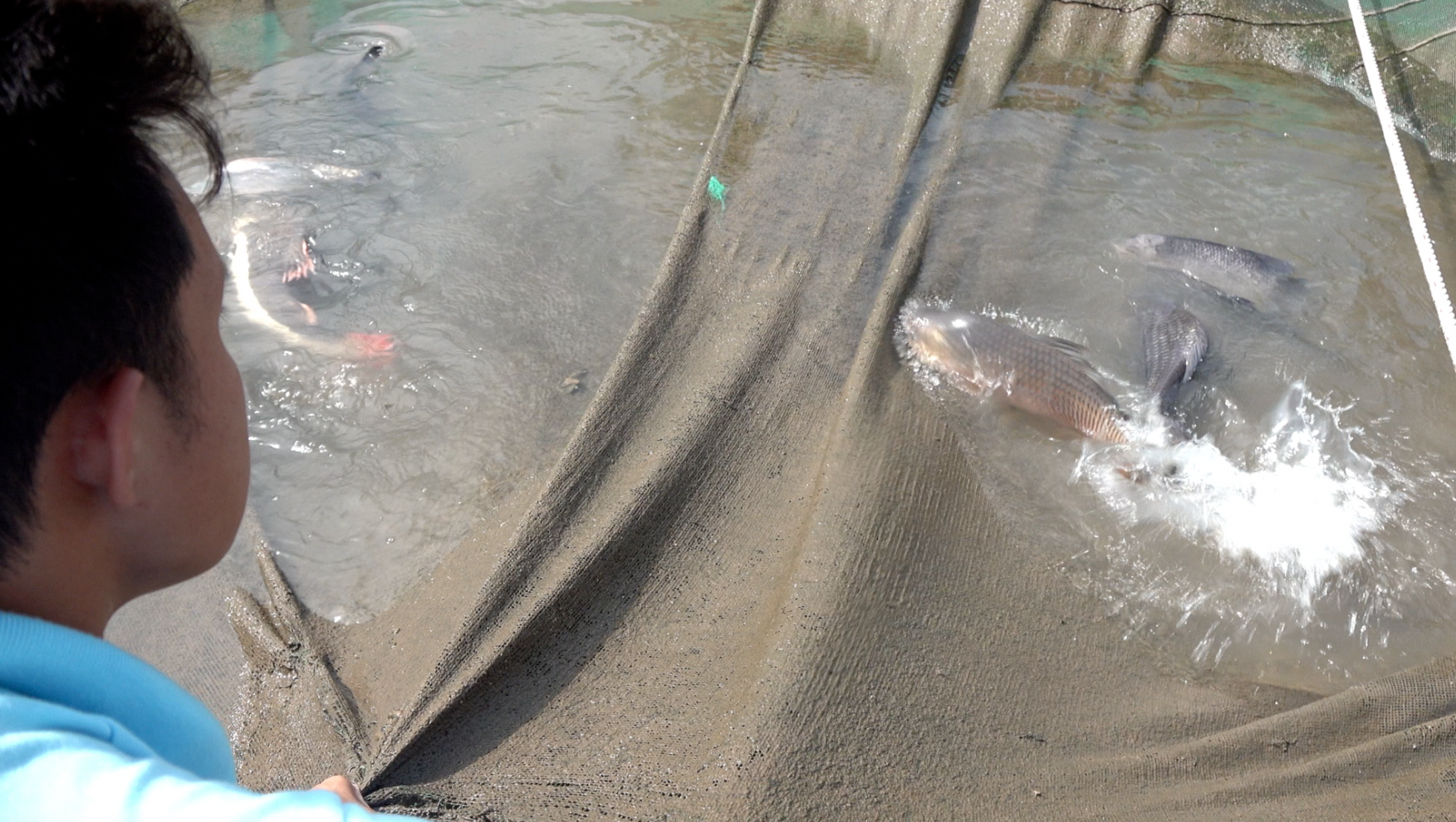
Water is becoming too salty to rear fish in some places. /CGTN Photo
There is a less visible impact that is blighting the delta: saline or saltwater intrusion. During the dry season, salt water is pushing as far as 90 kilometers inland, contaminating groundwater, streams, and farmland.
"The water here has been very salty so we struggled to cultivate crops," says farmer Pham Thi Mai Trinh, who lives right next to a river in coastal Tien Giang Province. “During the dry season, it is difficult to get fresh water. We have been forced to buy it," she says.
In her area, Vietnamese authorities working with the Asian Development Bank have built sluice gates to prevent salty water flowing upstream in the dry season and to keep levels of fresh water higher. And it’s paying off.
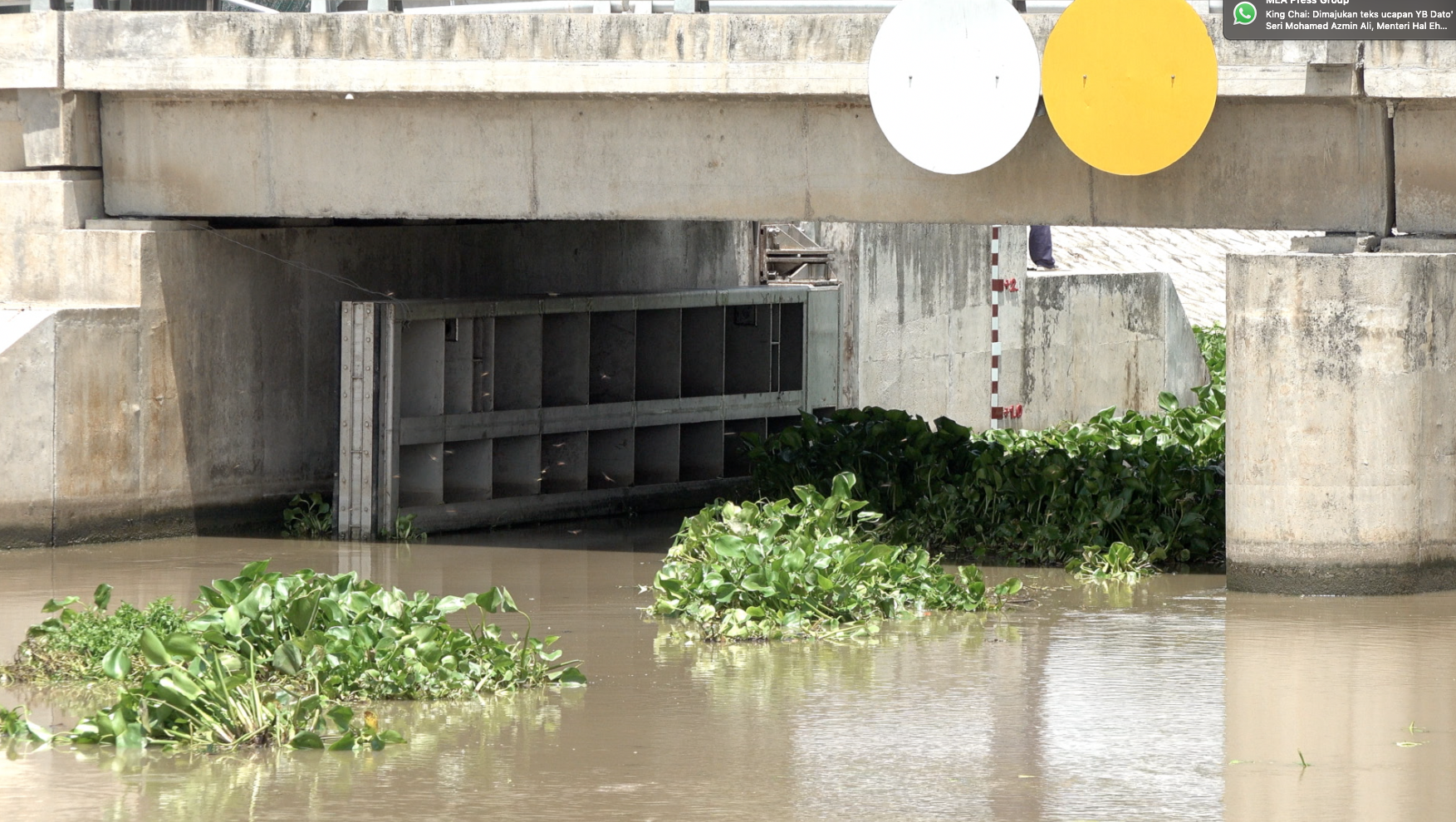
Sluice gates have helped prevent saline intrusion. /CGTN Photo
"In this salty area, we only used to be able to grow rice in the rainy season," says farmer Lam Van Y. "Before the sluice gate was built we could only grow one rice harvest a year. But now that we have more freshwater, we can grow three."
In Can Tho Province, Vietnam's Sustainable Agriculture Transformation Project (VNSat) is helping farmers switch to growing more climate-resilient strains of rice, as well as alternative crops such as fruit or flowers.
Such adaptation to a world of less predictable rainfall, more frequent flooding and drought, and more salty or brackish water is going to be key to Vietnam weathering the impact of climate change.
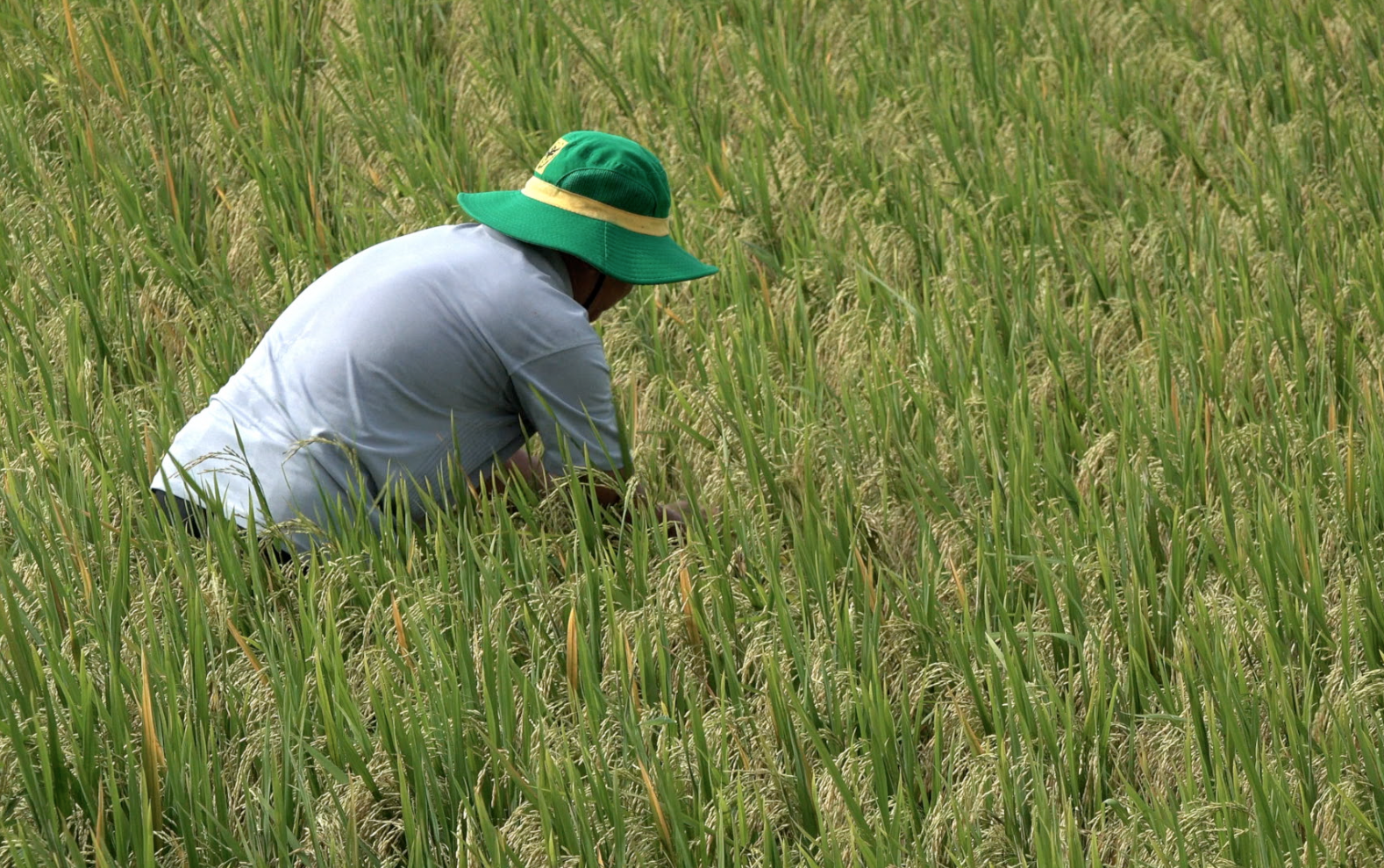
VNSat helps farmers grow climate-resilient rice. /CGTN Photo
"In some areas in Vietnam, some transition to more resilient crops, some transition to less water-consumptive crops are fundamental,” says Ousmane Dione, Vietnam country director for the World Bank. “It will be essential to completely shift from agriculture which were mainly based on freshwater to economic practices which are going to be based on brackish water.”
In some places, making that shift – albeit out of necessity - is bringing tangible benefits.
"Instead of three rice harvests now, some people move to one rice harvest and one shrimp harvest," says economist Le. "And the shrimp harvest is much more profitable and the revenue of the shrimp is 300 percent higher than the rice."

Shrimp farming is a lucrative alternative to rice production. /CGTN Photo
(Cover: Vietnam is rated among the countries most vulnerable to climate change. /CGTN Photo)

Copyright © 2018 CGTN. Beijing ICP prepared NO.16065310-3
Copyright © 2018 CGTN. Beijing ICP prepared NO.16065310-3